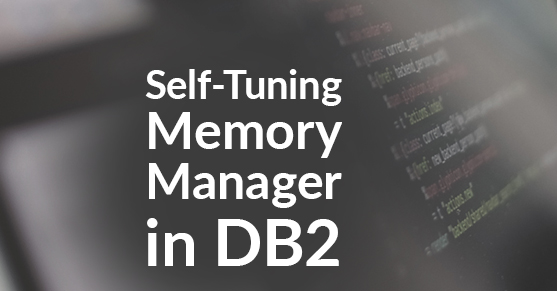
by XTIVIA | Jan 7, 2016 | Blog, Databases
DB2’s Self-Tuning Memory Manager (STMM) was introduced in DB2 9.1. The default for new, single-partition databases was ON from the beginning. What is STMM? DB2’s Self-Tuning Memory Manager can allocate and change the size of specific memory areas including...
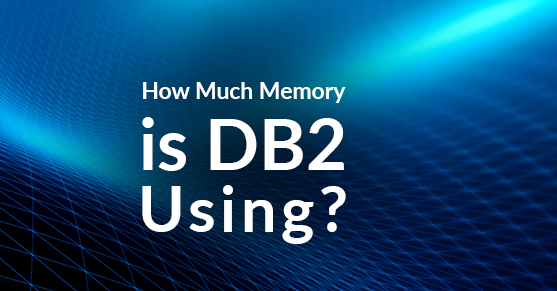
by XTIVIA | Dec 17, 2015 | Blog, Databases
Memory usage can be an issue for DB2 whether a server has 2 GB or 2 TB of memory. There can be issues with making DB2 use all of the memory, and there can be issues with DB2 causing paging or even kernel panics. Because of this, it is important to understand how much...
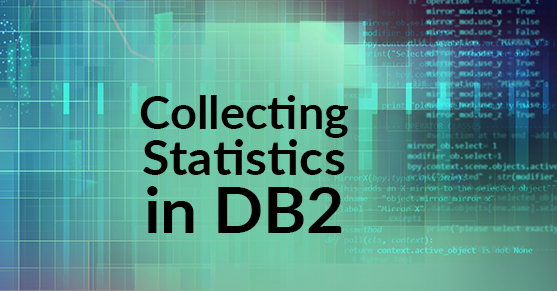
by XTIVIA | Dec 10, 2015 | Blog, Databases
Statistics are the most basic element of DB2 performance. One of the first questions any consultant or support person will (should!) ask you when you come to them with a query performance problem is when the last runstats was run for the tables involved. What are...
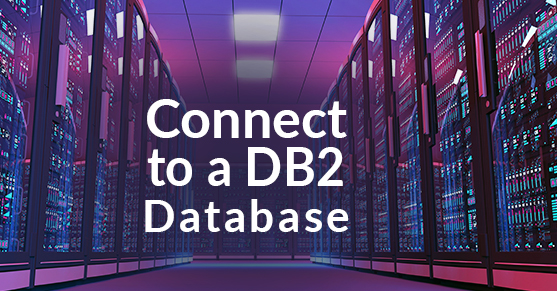
by XTIVIA | Oct 28, 2015 | Blog, Data Management, Databases
To run any SQL or perform runstats or other actions, you must establish a connection to a DB2 database. Connecting to a Database Connecting to an existing database on the same database server the database exists on, or connecting to an already cataloged database is...
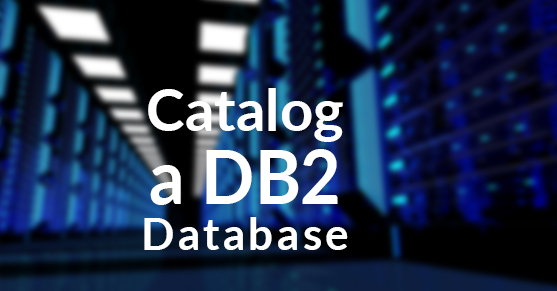
by XTIVIA | Oct 22, 2015 | Blog, Data Management, Databases
In order to connect to a DB2 database that is not on the server or workstation you’re connecting from, you’ll need to make DB2 aware of that database by cataloging it, unless you’re using JDBC type 4 drivers. JDBC type 4 drivers do not require that a...
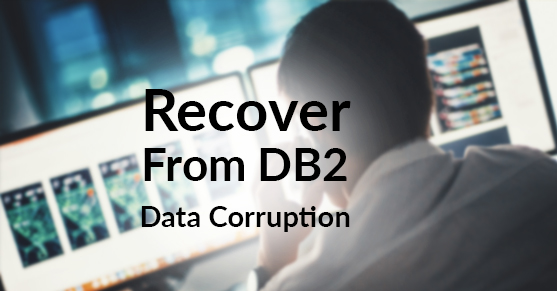
by XTIVIA | Oct 6, 2015 | Blog, Data Management, Databases
Data Corruption is something that no one really wants. Yet every now and then, we see some customers run into this. Any such issues are almost always the result of disk or SAN level issues. You will see errors like this: SQL1655C The operation could not be completed...
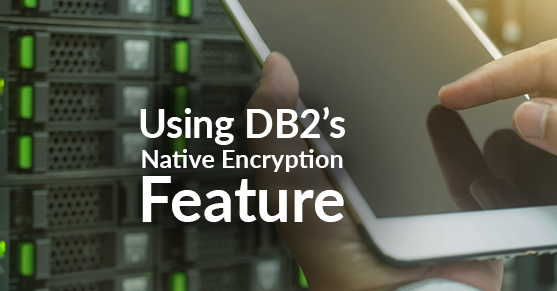
by XTIVIA | Sep 24, 2015 | Blog, Databases
With fixpack 5 of DB2 10.5, IBM introduced Native Encryption for data at rest in DB2. This is a fairly significant new feature for introduction in a fixpack. It does require separate licensing – either the Advanced Edition of ESE or WSE or the separate purchase...
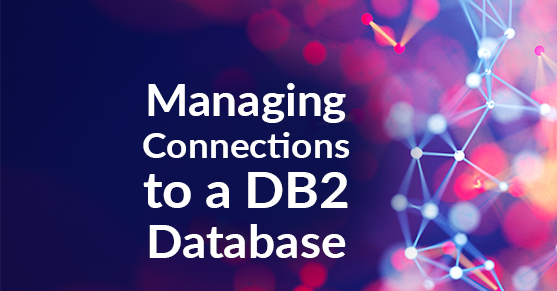
by XTIVIA | Sep 10, 2015 | Blog, Databases
Usually only a DBA forces or even views connections to a DB2 database. But in many small companies, people play multiple roles, and I thought I’d share a detailed introduction to how to look at and force off connections to a DB2 database. All details and...
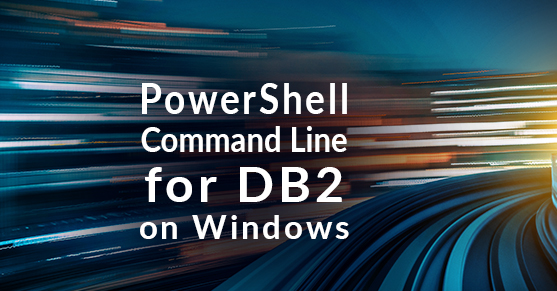
by XTIVIA | Aug 6, 2015 | Blog, Data Management, Databases
A lot of DB2 LUW DBAs spend significantly more time working with DB2 on Linux and UNIX than they do working with DB2 on Microsoft Windows. This can lead to frustration when administering DB2 on Windows. Using a PowerShell command line for DB2 instead of a DB2 Command...
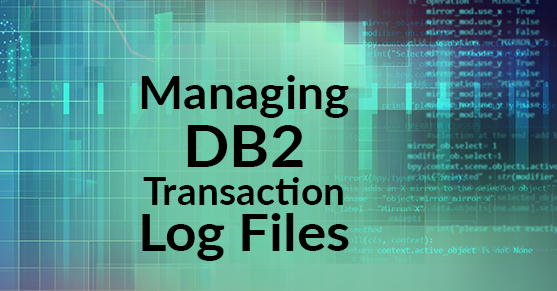
by XTIVIA | Jul 16, 2015 | Blog, Data Management
Logging method There are two methods of logging that DB2 supports: Circular and Archive. Other RDBMSes have similar modes. Circular The default that DB2 uses if you don’t change anything is Circular logging. Circular logging is more often appropriate for...











